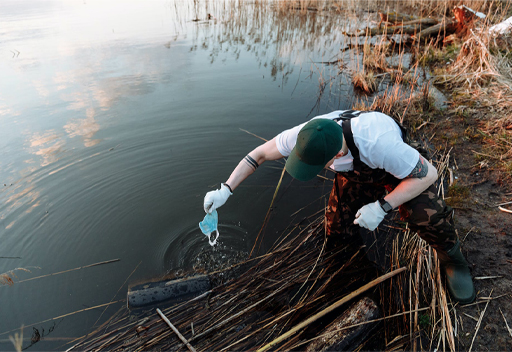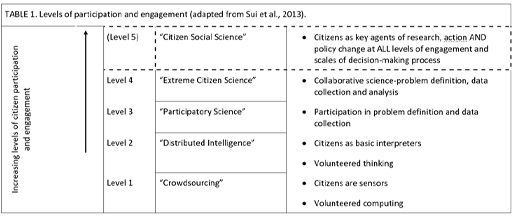1.1 What is citizen science?
Citizen science has been defined in various ways. A common definition positions it as a partnership between citizens and scientists to conduct research using standardised protocols. Citizen science projects exist in multiple fields including biology, conservation, biodiversity, climate research, geography, social sciences and health, with natural science, social science and geography being the most common areas of focus (Haklay et al., 2021).
Typically, citizen science projects involve individuals in large-scale data collection, identification or analysis. Pocock et al. (2014) suggest that citizen science projects necessarily involve both learning and engagement, stating that:
Engagement alone is not citizen science. Perhaps you have an important message to convey but with no need to gather data. There are many examples of engagement working really well to raise awareness of a particular issue by communicating with many people without it being citizen science.
Figure 2 collates possible levels of public participation in citizen science projects.


